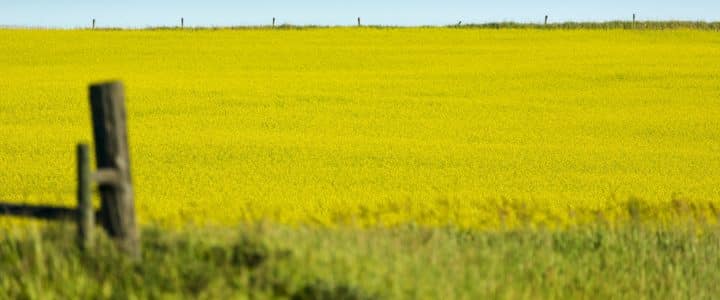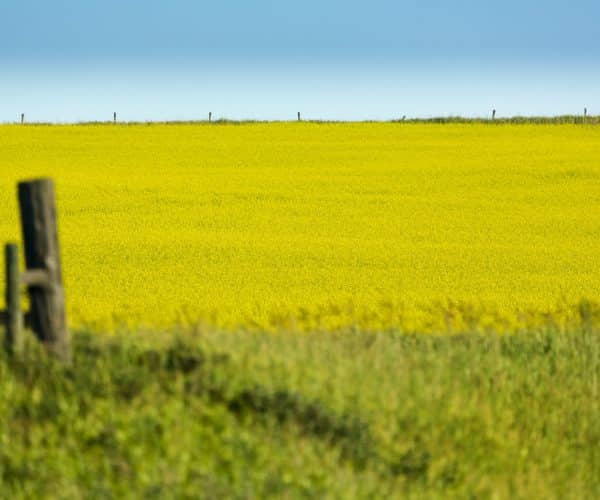Explore canola research resources
The Canadian canola industry supports scientific research aimed at improving how canola is grown and used. This page is the starting point to access hundreds of studies, including research now underway.
Agronomy research
Visit the Canola Research Hub to view reports and search findings from leading studies focused on yields, profitability and sustainability. The Hub is a knowledge transfer tool, designed to assist the industry in defining best management practices that can be put to use on the farm.
Oil and meal research
Review current research projects, recently completed studies and past research into the nutritional value of canola oil and meal. The Canola Council maintains lists of studies conducted since canola was developed.
Research funding programs
Learn more the major partnerships now underway – the Canola Agronomic Research Program (CARP) and Canola AgriScience Cluster – as well as previously funded research.
Research priorities and coordination
Find out about the next Canola Week, where research directions are charted, and current priorities for canola production research.
On-farm research
If you would like to run a research trial on your farm, choose the protocol you want to implement, download the corresponding data collection sheet and then utilize these documents (including the trial tips) to conduct your trial.
Phenology tracking
Crop phenology is the study of crop growth stages and how the timing of these are influenced by biotic and abiotic factors. It is largely influenced by environmental conditions such as temperature and precipitation and is important for canola production. Sub-optimal temperature and precipitation can affect the rate of crop growth and development, plant biomass, overall plant health, and yield. Furthermore, the values or accumulation and duration of temperature or precipitation within certain growth stages can be more impactful for plant growth and development behaviour than other growth stages. For example, canola is sensitive to heat stress from bolting to the end of flowering, which can affect final yield. Measuring the temperature during this time may provide explanation for yield results at the end of the season.
Quick Links
Canola variety recommendation and registration research trials
The Western Canadian Canola/Rapeseed Recommending Committee (WCC/RRC) is responsible for determining which new canola varieties are recommended for registration based on a suite of agronomic parameters and quality standards (ex. oil, protein, chlorophyll, saturated fatty acid content, disease tolerance, yield, etc.).
The recommending committee is comprised of all sectors of the value chain and the Canadian Food Inspection Agency Variety Registration Office (CFIA-VRO) is a non-voting observer. It influences current industry standards (ex. updates to check varieties, protocols, disease labelling), oversees the testing procedures that are agreed upon by members to evaluate new varieties for merit, selects the check varieties which are used to benchmark, and ensure that they meet the standards for merit and then recommend the varieties for registration by the CFIA-VRO for sale in Canada. The WCC/RRC also considers the breeding possibilities for future varieties (ex. high oleic and low linolenic) that will continue to make the canola a success.
On behalf of WCC/RRC, Canola Council of Canada staff coordinate the testing of many (pre-registration) variety and research trials at many locations across the Prairies to provide the board with adequate information to make well-informed decisions about each of these potential variety entries. The expert guidance that is provided around breeding technologies, preferred traits and variety evaluation at the WCC/RRC meetings contribute to an orderly marketing of canola for growers, domestic processors and export markets.
The WCC/RRC pathology sub-committee, quality subcommittee and other sub-committees focus on specific priorities identified by the Board. The WCC/RRC Board meets with its membership at two annual meetings in December and February. See the Events page for upcoming meeting details.




